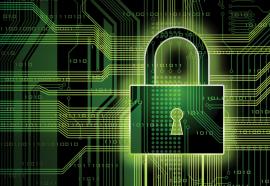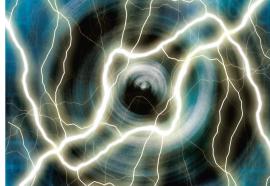Gridlock in 2030?
Policy priorities for managing T&D evolution.
A pair of myths is driving many investments today—i.e., America’s T&D system is falling apart, but the smart grid will save the day. A new MIT study reveals a more nuanced truth about reliability, efficiency, and plans for new technologies. The most effective policies and investments will focus on solving real problems and delivering tangible benefits.











